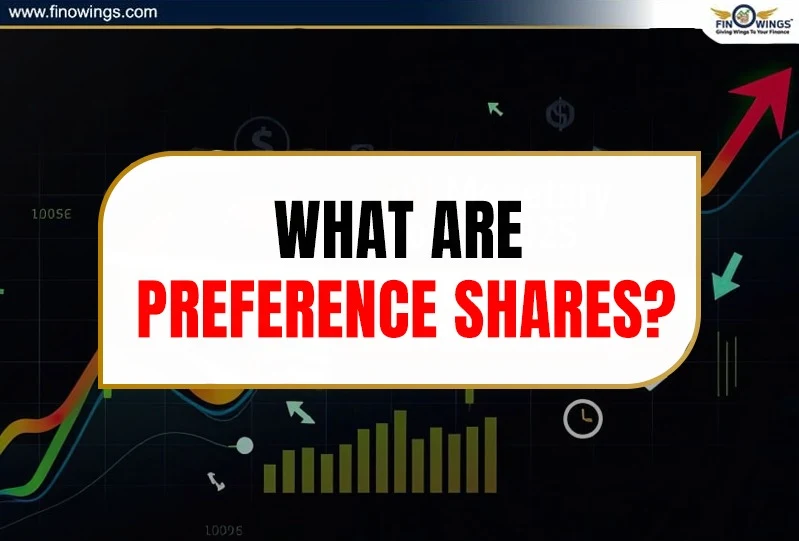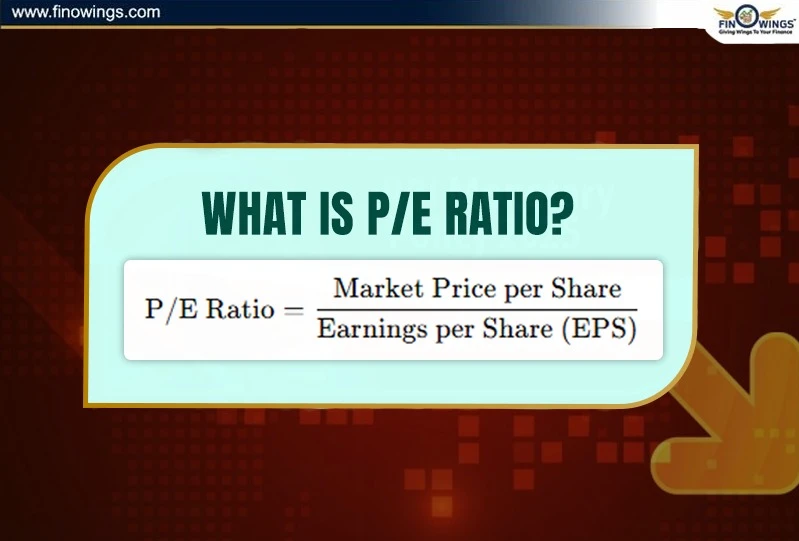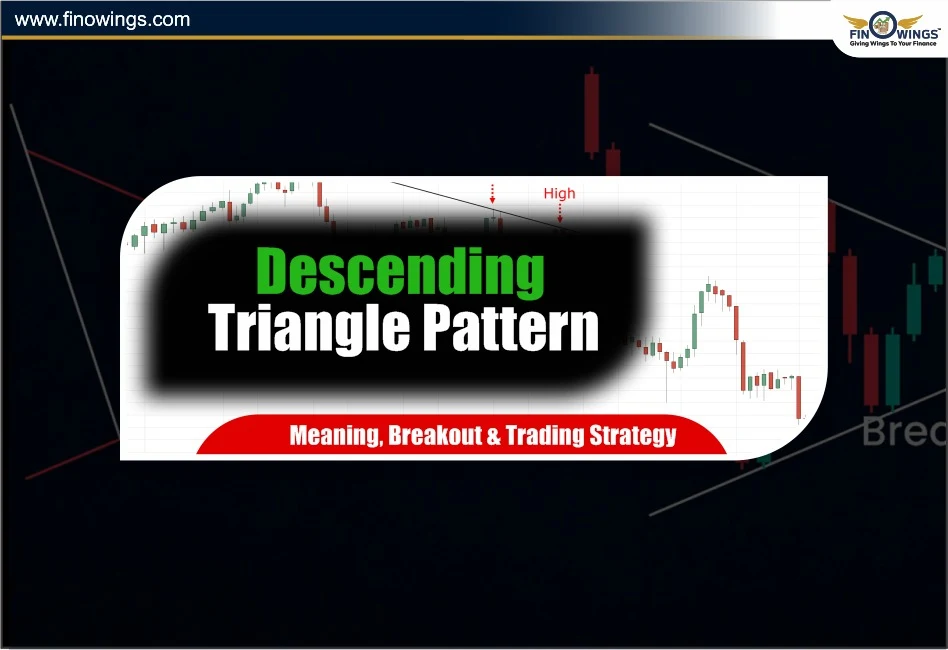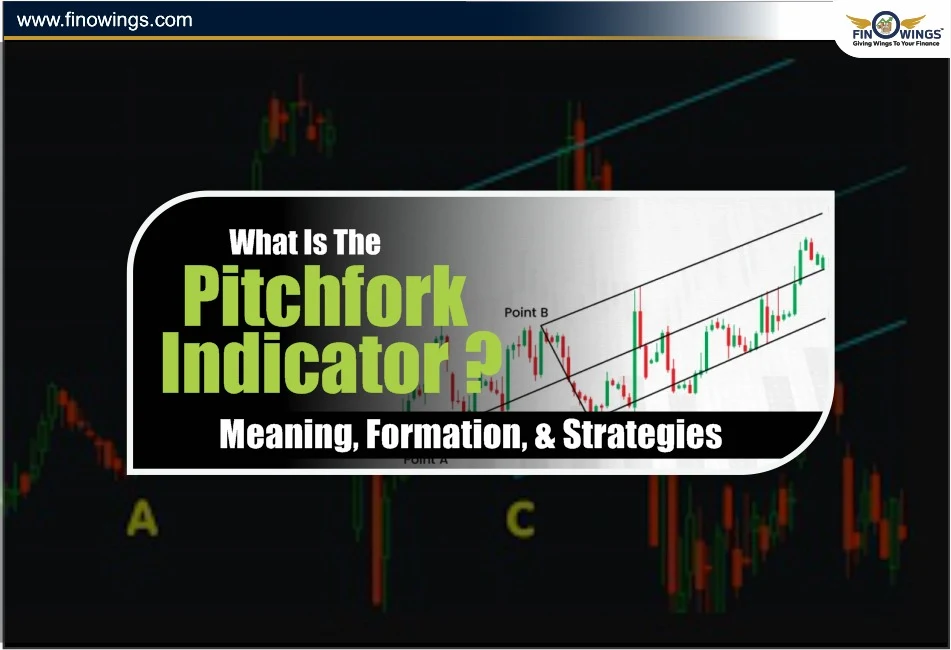Home >> Blog >> Point and Figure Chart Explained: How It Works & Why Use It
Point and Figure Chart Explained: How It Works & Why Use It

Table of Contents
When conducting technical analysis, many charts measure value over time. Point and Figure charts (abbreviated as P&F), however, measure movement of value. P&F charts completely disregard time, making them an effective way of identifying value trends and shifts, as well as support and resistance levels.
This article will explain what a Point and Figure chart is, how to construct one, why one would use it, and how to incorporate P&F chart patterns into a trading strategy.
What Is a Point and Figure Chart?
-
A Point and Figure chart is a price chart made up of X’s and O’s laid out in columns. X’s represent price increases and O’s indicate price decreases.
-
Each X column depicts a rise in the value.
-
Each O column depicts a drop in the value.
-
A box size and reversal size need to be set to plot movements when the price increases. The price needs to change to a certain extent, and then it is reversed.
-
Duration is not a consideration, whether it is days, weeks, or months. Only significant price movements create new boxes and new columns.
-
Point charting has a unique structure; small variations in price are ignored. It values significant price trends, which is why it is popular for tracking price movements. It is solely for tracking price trends.
Construction: How to Build a P&F Chart
1. Define Box Size
Decide how much the price needs to fluctuate in order to fill the box. For example, if the box size is set to ₹2, every new X or O indicates a ₹2 rise or fall.
2. Define Reversal Size
Decide how much the price needs to reverse in order to switch from an X column to an O column. The most common is a 3-box reversal: the price needs to reverse 3 times the box size.
3. Plot Columns of X's and O's
-
When the price increases by at least one box size, an X is added in the current column.
-
The process continues until the price falls and a reversal is triggered.
-
When a reversal occurs (as per the defined reversal amount), a new column of O's is created.
-
You can also do this when the price falls again.
4. Forget About Time
If the price does not change that much and new symbols do not appear, that means nothing new has been added and nothing new has been recorded. Time does not matter.
Advantages of the Point and Figure Chart Patterns
Reduces Market Noise
By ignoring small price changes that do not meet the box size or reversal conditions, the P&F chart creates more coherent signals.
Shows Supply & Demand
Trends are shown through columns; when there is an increase in demand there are more X’s, and when there is an increase in supply there are more O’s. This allows you to better analyse large shifts in the market.
Visible Support and Resistance
Strong resistance is marked with flat rows of X’s and support is marked with O’s. P&F charts make these levels easy to find.
Easier to Identify Trends
In the classical method, lines are drawn at 45° and this method is accurate because the chart is square and time is ignored, meaning the trend is only based on price.
Popular Point and Figure Chart Patterns
Traders look for these most popular Point and Figure patterns:
Double Top Breakout: This is when X’s in one column surpass the X’s in the previous column, indicating a resistance breakout, and is a bullish signal.
Point and Figure Patterns
Double Bottom Breakdown: If one column of O’s drops below the prior column of O’s (support breakdown), it’s a bearish signal.
Triple Tops / Triple Bottoms: These are similar to doubles but are stronger because the level has been tested more times.
Vertical Price Projection: Measure the size of a formation and project up or down to set target levels.
(Source: TradingView)
These patterns signal possible continuation and reversal of trends.
How to Trade Using P&F Charts
1. Set your Box & Reversal Sizes. These should be based on volatility & asset price.
2. Plot the Chart. Determine the most recent columns of X's and O's.
3. Look for Breakouts. For example, a new X column breaks above the previous X column.
4. Determine S/R. Horizontal rows where many X's or O's align can be seen.
5. Set Your Targets. The pattern's height or width can indicate where the next move will be.
6. Use Stop-Losses. If you buy on a breakout, place a stop below recent support.
7. Use Other Tools to Confirm. P&F works well with volume and trendlines or other indicators.
Point and Figure Chart Reviews
Positives
-
Helps focus on price movement and prioritises bigger shifts over smaller fluctuations.
-
Break rising or falling patterns to signal reversals.
-
Great for finding the trend in the medium to long run.
Negatives
-
Because it lacks time intervals, some signals may trail.
-
Box size and reversal settings will be discretionary, so you may guess.
-
In nervous or erratic conditions getting the settings right will be most challenging.
Point Chart Pattern Use Case
-
Consider stock XYZ which is in a steady price uptrend. For this, you set the box size to ₹2 and allow for a reversal of 3 boxes (which is ₹6).
-
From ₹50 to ₹62, the column of X’s increased (6 boxes).
-
Then price dropped to ₹56 (≈3 boxes) hence new column of O’s.
-
Price pushes to ₹64, which exceeds the high of the previous range set in X and a double top breakout is formed, which signals a bullish breakout.
-
Based on this, you would set a stop just below the breakout price of ₹56 and target determined by projected formation height.
Conclusion
A point and figure chart enables traders to disregard time and concentrate solely on significant price movements. Observing point and figure chart patterns like double tops, triple bottoms, and column breakouts enables traders to spot strong trends, possible reversals, and distinct support and resistance levels.
It is not a silver-bullet, but combining other tools with P&F analysis improves your clarity and precision while trading. Traders who seek to broaden their perspectives to incorporate more than conventional candlesticks or bar charts should consider the merits of point charting to complete their trading toolkit.
The Descending Triangle Pattern is another potent configuration that enhances Point and Figure analysis for traders that favor visual breakout confirmations.
To see how the Descending Triangle Pattern indicates possible bearish continuations and reversals, see our comprehensive guide on Descending Triangle Pattern: Meaning, Breakout & Trading Strategy.
DISCLAIMER: This blog is NOT any buy or sell recommendation. No investment or trading advice is given. The content is purely for educational and information purposes only. Always consult your eligible financial advisor for investment-related decisions.
Author
Frequently Asked Questions
A Point and Figure chart is a technical analysis tool that uses Xs and Os to represent price movements, focusing solely on price changes while ignoring time and volume.
It plots Xs when prices rise by a defined amount (box size) and Os when prices fall by that amount, helping traders spot trends and reversals clearly without market noise.
Point and Figure charts filter out minor fluctuations, making it easier to identify true breakouts, support and resistance levels, and long-term trend directions.
Unlike candlestick charts that show price movement over time, Point and Figure charts ignore time and focus entirely on significant price shifts, offering a cleaner view of trends.
Yes, beginners can use Point and Figure charts to understand clear entry and exit signals, as they are less cluttered and emphasize price action over short-term volatility.













.webp)




